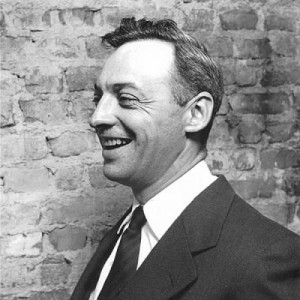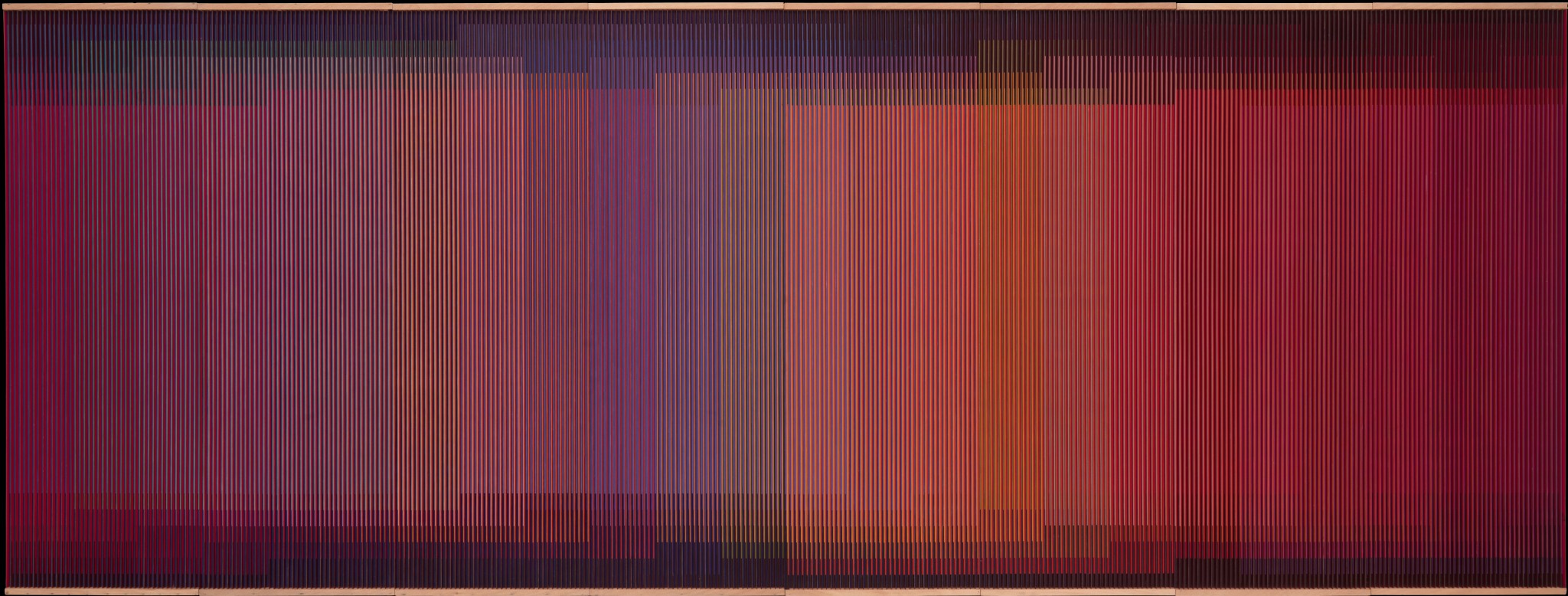Sábado, 23 de novembre de 2013
 Entre otras cosas Ravelstein, la última novela de Saul Bellow, es una oda a la amistad, la amistad de Bellow (Chic en la novela) con Alan Bloom (Ravelstein).
Entre otras cosas Ravelstein, la última novela de Saul Bellow, es una oda a la amistad, la amistad de Bellow (Chic en la novela) con Alan Bloom (Ravelstein).
Ravelstein/Bloom es un personaje tan brillante como excéntrico. Genial politólogo y académico de la Universidad de Chicago y autor de un bestseller mundial sobre el declive de Estados Unidos, Ravelstein/Bloom también es
…[A man who] is scooping up Pratesi linens, cured angora skins and mink coverlets for his bed, and splashing $80,000 on a BMW for his partner, Nikki. In Paris, while on sabbatical, he moves into “one of the best apartments in the place” and buys a $4,500 Lanvin sport coat; in London he orders custom-made shirts from Turnbull & Asser.
En Ravelstein Bellow hace un magnífico retrato de Bloom. Nos cuenta además cómo se muere de sida, no sin antes encomendarle a Bellow una biografía. Al final de la novela, el autor nos deja con este recuerdo de su amigo:
Ravelstein, dressing to go out, is talking to me, and I go back and forth with him while trying to hear what he is saying. The music is pouring from his hi-fi -the many planes of his bare, bald head go before me in the corridor between his living room and his monumental master bedroom. He stops before his pier-glass -no walls mirrors here- and puts in the heavy gold cufflinks, buttons up the Jermyn Street Kisser & Asser striped shirt -America Trustworthy laundry-and-cleaners deliver his shirts puffed out with tissue paper. He winds up his tie lifting the collar that crackles with starch. He makes a luxurious knot. The unsteady fingers, long, ill-coordinated, nervous to the point of decadence, make a double lap. Ravelstein likes a big tie-knot -after all, he is a large man. The he sits down on the beautifully cured fleeces of his bed and puts on the Poulsen and Skone tan Wellington boots. His left foot is several sizes smaller than the right but there is no limp. He smokes, of course he is always smoking, and tilts the head away from the smoke while he knots and pulls the knot into place. The cast and the orchestra are pouring out the Italian Maiden in Algiers. This is dressing music, accessory or mood music, but Ravelstein takes a Nietzschean view, favorable to comedy and bandstands. Better Bizet and Carmen than Wagner and the Ring. He likes the volume of his powerful set turned up to the maximum. The ringing phone is left to the answering machine. He puts on his $5,000 suit, an Italian wool mixed with silk. He pulls down the coat cuff with his fingertips and polishes the top of his head. And perhaps he relishes so many instruments serenading him, so many musicians in attendance. He corresponds with compact disc companies behind the Iron Curtain. He has helpers going to the post office paying custom duties for him.
“What do you think of this recording, Chick?” he says. “They’re playing authentic period instruments.”
He loses himself in sublime music, a music in which ideas are dissolved, reflecting these ideas in the form of feeling. He carries them down into the street with him. There’s an early snow on the tall shrubs, the same shrubs filled with a huge flock of parrots -the ones that escaped from cages and now build their long nest sacks in the back alleys. They are feeding on the red berries. Ravelstein looks at me, laughing with pleasure and astonishment, gesturing because he can’t be heard in all this bird-noise.
You don’t really give up a creature like Ravelstein to death.
Si se fijan el tono y el estilo tienen un aire informal. No es evidente, como en Alejo Carpentier o García Márquez, el sudor detrás de cada oración; la cuidadosa construcción de cada frase.
Pero esto es una ilusión. Hay un alto grado de sofisticación en el estilo; sólo que Bellow lo disimula.
Fíjense en esta bella imagen:
The music is pouring from his hi-fi -the many planes of his bare, bald head go before me in the corridor between his living room and his monumental master bedroom.
O el ritmo y la sonoridad perfecta, poética, de esta frase:
He winds up his tie lifting the collar that crackles with starch.
O la bella imagen de los pájaros con que termina la novela; una de mis imágenes favoritas de Bellow; que sigue conmoviéndome hoy como cuando la leí por primera vez.
Ravelstein looks at me, laughing with pleasure and astonishment, gesturing because he can’t be heard in all this bird-noise.
El contexto hace esta imagen de los pájaros aún más hermosa; porque a estas alturas ya Bellow nos informó sobre la muerte de Ravelstein/Bloom. Esta escena es el recuerdo que el autor seleccionó para terminar su libro sobre su amistad con Bloom.
“Great art is always uplifting,” dice Martin Amis. Y, aunque no estoy seguro si tiene razón, este final me hace pensar que sí.
Pero volviendo al argumento inicial: Bellow es un gran estilista que aparenta no serlo.
¿Y cómo hace esto?
Con la mezcla de registros.
Frases casi poéticas como las ya citadas se diluyen con naturalidad con el lenguaje oral.
He stops before his pier-glass -no walls mirrors here- and puts in the heavy gold cufflinks, buttons up the Jermyn Street Kisser & asser striped shirt.
He smokes, of course he is always smoking, and tilts the head away from the smoke while he knots and pulls the knot into place.
Better Bizet and Carmen than Wagner and the Ring.
No walls mirrors here….He smokes, of course he is always smoking….El “better” al comienzo de la oración…Esto es lenguaje oral. Como en el jazz, Bellow deja espacio abierto a la espontaneidad, a que se infiltre la imperfección, como si sugiriera que en la rígida perfección de la prosa a veces se nota más el artificio. Esto es algo que está en las antípodas de García Márquez, Carpentier, Proust o Flaubert.
Lean a Bellow. Vean cómo, pese la sofisticación del estilo, su prosa crea la ilusión de espontaneidad. James Wood quizá lo expresa con mayor precisión:
Bellow’s details and rhythms are so mobile, so dynamic, that they seem less vulnerable to the charge of aestheticism than do Flaubert’s… That smooth, premade wall of prose that Flaubert wanted us to gasp at is here a rougher lattice, through which we seem to see a style apparently in the process of being made. This roughened-up texture and rhythm is, for me at least, one of the reasons that I rarely find Bellow an intrusive lyricist, despite his high stylishness.
